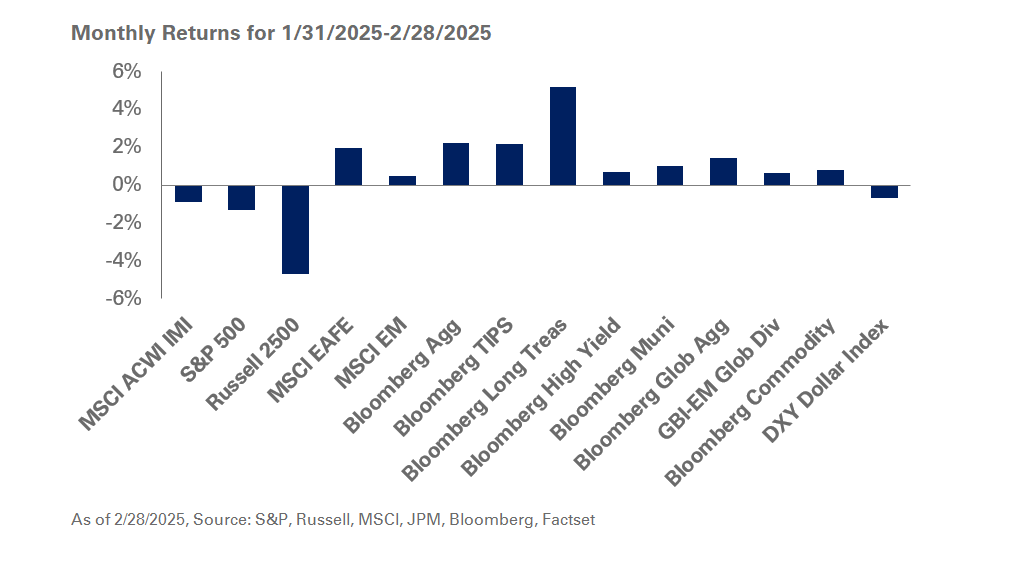As Wall Street turns its attention to Jackson Hole, Wyoming, where the Federal Reserve Bank of Kansas City is hosting its yearly economic symposium, we look to Phillip Nelson, NEPC’s head of asset allocation, for some answers ahead of the hotly anticipated meeting of central bankers and policymakers from around the world.
- What are your expectations from this year’s Jackson Hole meeting?
I don’t see any major surprises coming out of the Jackson Hole meeting. That said, internally, the Fed is probably going to be struggling as on one hand, we have a really strong job report—the sign of a healthy economy that’s in fact close to overheating—and, on the other hand, growth indicators—GDP and spending—underscore economic weakness. It will be challenging to reconcile the two and manage the path of rate increases in the face of these contradictory forces.
- How do you expect Chairman Powell to address the topic of quantitative tightening? How do you expect the markets to react to any updates on quantitative tightening?
I don’t expect any major announcements or changes in terms of the already announced path of reducing the Fed’s balance sheet. We are likely to ramp up to $95 billion coming off each month starting in September. We don’t think there will be changes to the balance sheet, barring some big surprises around inflation or growth.
- Should we expect another 0.75% rate hike coming down the pipeline in September?
We are less focused on whether the rate hike will be 25-, 50- or 75-basis points. August inflation data will inform the Fed’s actions in September. What we are more focused on is market expectation of the peak Fed Funds rate in 2023 and beyond. We are keenly looking at how steeply the Fed pushes up interest rates in the coming year relative to how quickly inflation starts to come down.
- CPI and PPI seem to have softened – how much of this can be attributed to the Fed’s recent actions? How much can be attributed to other market forces?
CPI and PPI have largely softened because of the shift in energy prices, which have come down. Typically, monetary policy has an extended lag before it influences economic forces.
- The recent FOMC meeting minutes indicate the Fed might push to keep monetary policies super tight even if inflation hits 2% – to ensure that it remains at that level for a period of time. Do you see the Fed moving forward with this approach? How long do you anticipate the Fed will want to keep monetary policies tight?
We have seen an increasingly harder stance from the Fed around their commitment to manage inflation. The length of time the Fed maintains a tighter monetary policy depends entirely on how quickly core inflation starts to come down in line with the Fed’s long-term inflation target of 2%.
For questions on your portfolio, please contact your NEPC consultant.



